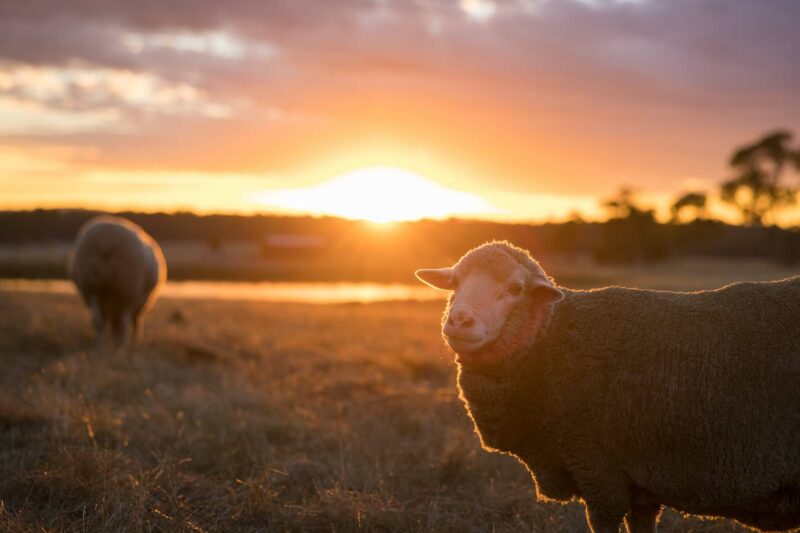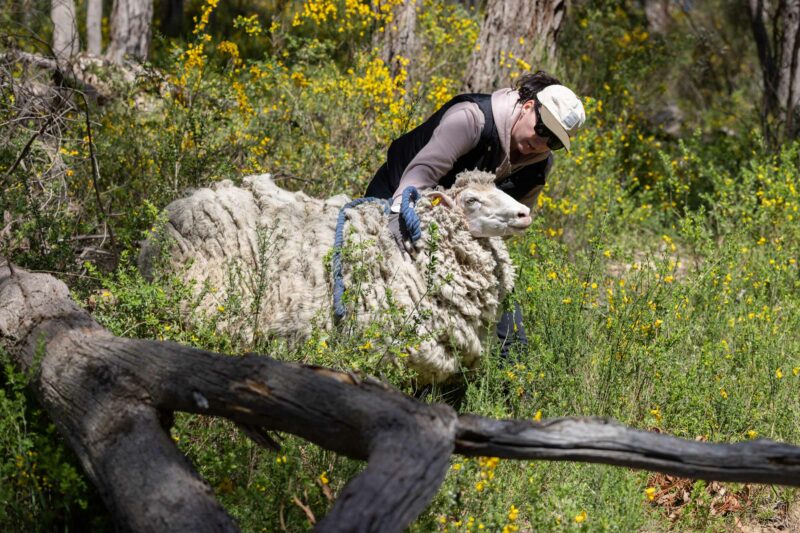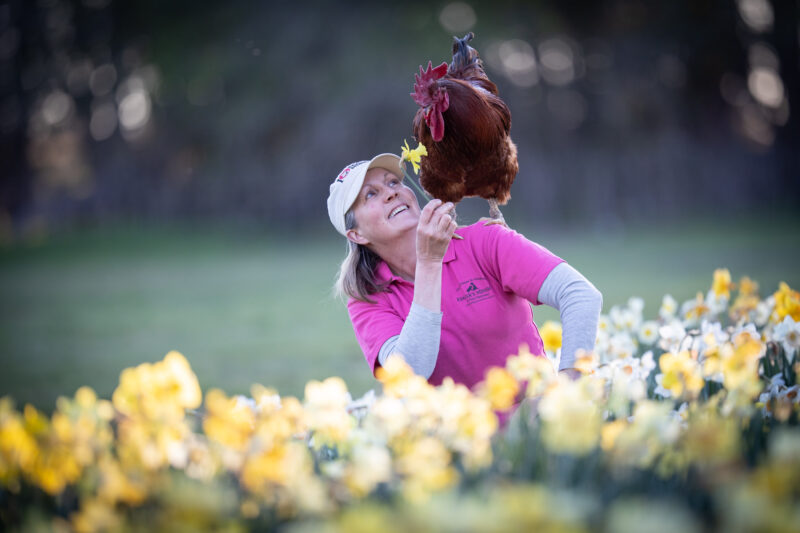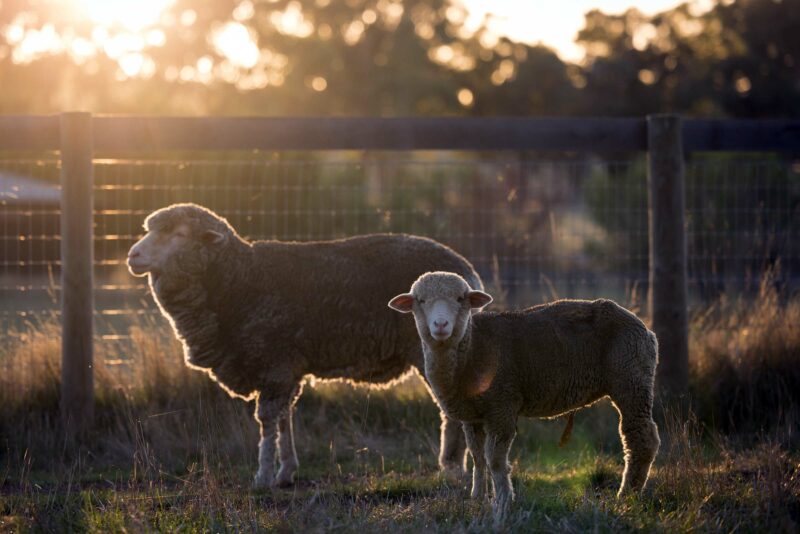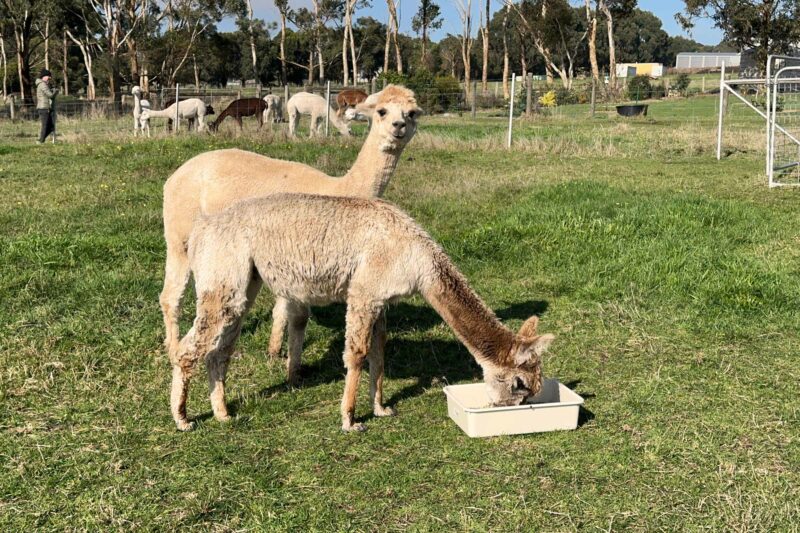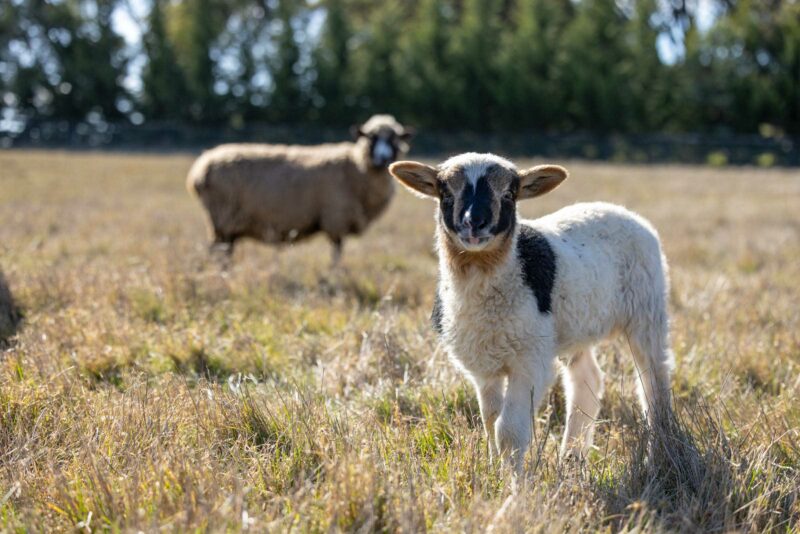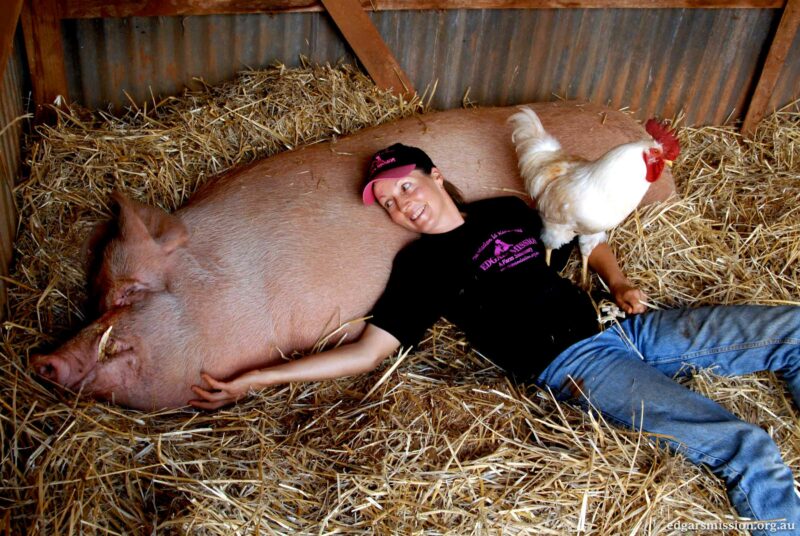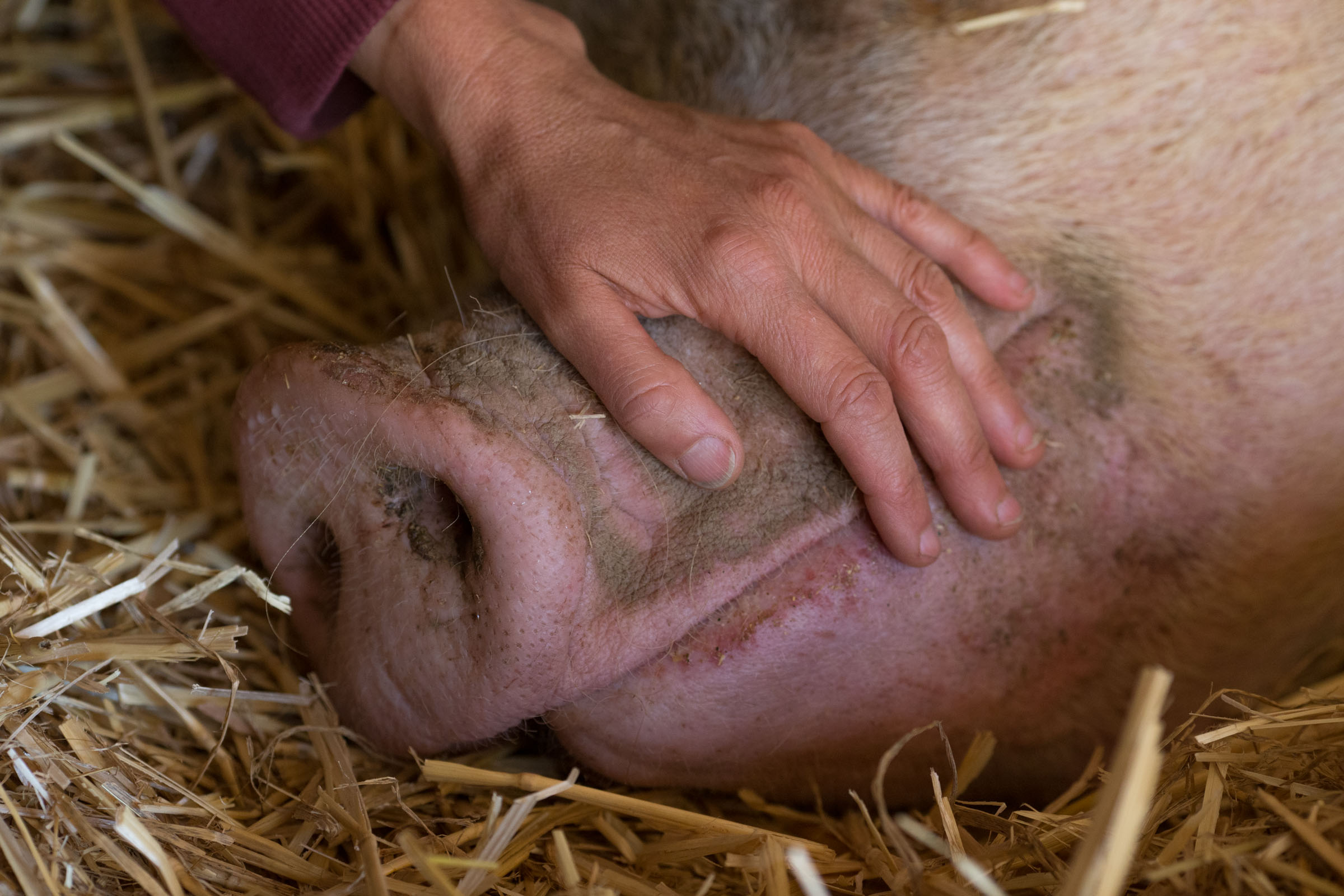
A kinder world for animals …
On a clear day in October of 1960, a young Jane Goodall, whilst in the Gombe National Park, spied a chimpanzee she had named David Greybeard plunging a stick into a mound of dirt then placing the stick into his mouth. As Greybeard moved off, the curious Jane moved in. Through quiet observation she was soon to learn that Greybeard was not the only chimpanzee at that time to fashion a stick into a tool by removing the leaves, then using it to “fish” deep into the termite mould, delivering the spoils, namely the termites who had bitten into the stick, to his mouth. The relaying of this find to her mentor, Dr Louis Leakey, was to elicit the now-famous quote: “Now we must redefine tool, redefine man, or accept chimpanzees as human”.
Fast forward to 2015 and postdoctoral researcher, Dr Meredith Root-Bernstein, observes a group of Visayan warty pigs in a Paris zoo grasping large pieces of bark between their teeth and using these as “shovels” to fashion a nest. This was not the first time these critically endangered animals have displayed tool use. Around this time, Fernando Gutierrez, president of the Philippine conservation non-profit Talarak Foundation, also witnessed the smarts of a group of wily Visayan warty pigs. Knowing the ferocity of the electric fence, the pigs resorted to pushing rocks toward the fence, determining their next move by the sound (or absence of sound) made when the rock made contact. A clicking sound meant the fence was “live” and thereby a no-go zone, no click – “run like someone left the gate open”. Gutierrez concluded: “They’re smart little buggers”.
The ability of pigs to learn in a social context is something we have witnessed here at Edgar’s Mission. From Max the gentle and humble old boar who would grasp our rake between his teeth and would use it to pump up and down at his straw bed. Horizontal learning, that is learning that comes from watching another animal, is not uncommon too. It was most notably seen when the young Monique, a chatty and much-loved porcine friend, quickly learned by watching her buddy Hope sit, then receive a treat for her efforts. Hope had been early taught (by humans) how to sit. Monique became so adept at this that she would see us coming and she would sit in the anticipation of a treat. We often joke that the pigs would, when lazing about, hear Monique chatter about we humans: “You know those humans are pretty smart, with patience and kindness they can be trained to do just about anything”
Over the years, chimpanzees, elephants, crows, dolphins, sea-otters, orang-utans, rodents, macaques, gorillas, octopuses and now pigs have been observed to use tools – a behaviour once thought to be the sole preserve of humans and a hallmark of intelligence. However, it must be remembered that an absence of evidence of this behaviour in other species does not provide evidence of its absence. With the recognition of intelligence in other species too has come a compelling argument for the need to re-examine our relationship with the animal kingdom, arriving at the conclusion it is time to expand our circle of compassion and consideration to include species other than our own.
But should intelligence be the barometer of how one is treated? I am not alone as I argue no. And to be honest, if intelligence were to be that barometer, our species is in trouble – a hell of a lot of trouble – not the least because we are facing the sixth mass extinction – of our making.
I remember when I was five years old and in the company of my mother; we had gone down the street shopping, something we did on a weekly basis. We had stopped at the curb of a busy road amongst a group of other people, all set to navigate our way across. As the cars zipped past I was doing my “look to the right, look to the left, look to the right again” dutifully, as I had been taught. Sensing the human next to me about step forth to cross the road, I reached up, grabbed their hand and commenced to walk across the road. Midway across the road I looked up, and to my horror, I saw that it was not my mother’s hand I was clutching but that of a bewildered stranger. Dropping that hand quickly, I dashed back to the curbside and clung sobbing a river of tears as I grasped my mother’s leg.
This story was recently brought to mind as I watched a group of lambs in rural Australia being crudely tipped from mulesing cradles, devices to which they had been tightly strapped to prevent their struggles, whilst chunks of their flesh were carved from their delicate backsides. Frantically they raced back to their flock. But not just any flock member. No, they searched, just I did all those years ago, for the familiar and comforting face and fragrance of their mother.
I recall painfully the day I went, with mixed emotions, to a thoroughbred stud to collect a wee foal I was to name Custard. Custard was but days old, yet had I not been the one to guide her away from her drugged and distressed mother, she would not have lived. Her mother had been drugged in a crude attempt to subdue the mare for what was about to follow. Custard’s mum was a “Nanny mare”, a female horse deliberately impregnated so she could rear a more fashionably bred and “prized” foal than her own. Her own foal was deemed collateral damage. It still to this day brings tears to my eyes, recalling the look in that mare’s eyes that day, seeing her baby taken from her.
From amiable and kind to acrimonious and murderous morphed Daphne, a then recently rescued Friesian dairy cow, moments before she was to give birth to her baby, Aussie, at Edgar’s Mission. Giving no previous hint of this hostility, Daphne’s behaviour took us by surprise. But really it shouldn’t. Having endured each of her previous babies being taken from her side shortly after birth so the milk Daphne intended for her baby could be harvested for human consumption, she saw no reason for this time to be any different.
There is no doubt we live in world of different views, but one on which most are united is that causing pain and suffering to animals is wrong, that cruelty and indifference to others is not in keeping with the goodness of the human heart and that we, as beings of power and strength, should show mercy to the meek. Given the plethora of new information in relation to animals, both scientific and anecdotal, that has come to light over the last several decades, it truly is time for our kind to be kind and to revisit our relationship with the animal kingdom. Understanding the implications of our behaviour on theirs, as uncomfortable as it may be, is incumbent upon us all. And though the heavens may fall, we must find both the courage and compassion to do so. For to not do so will prevent our species from evolving to become the best we possibly can be.
I truly believe it is time for us to reconnect with our ancestral fascination for the animal kingdom, to find that inner Jane Goodall within us, and use our powers of quiet observation, venturing into the rich emotional world of animals. And when we do, we will see that there is more that unites us with animals than divides us. There is little doubt that if we can grasp this with honesty, devoid of preconceived ideas and vested interests, it will change so much of how we treat them and set us well on a path to a kinder world for all animals. Humans included.
